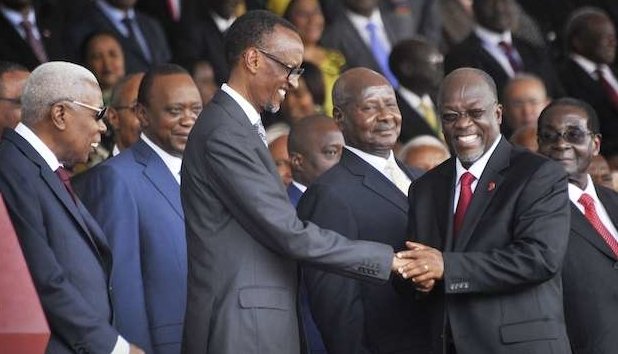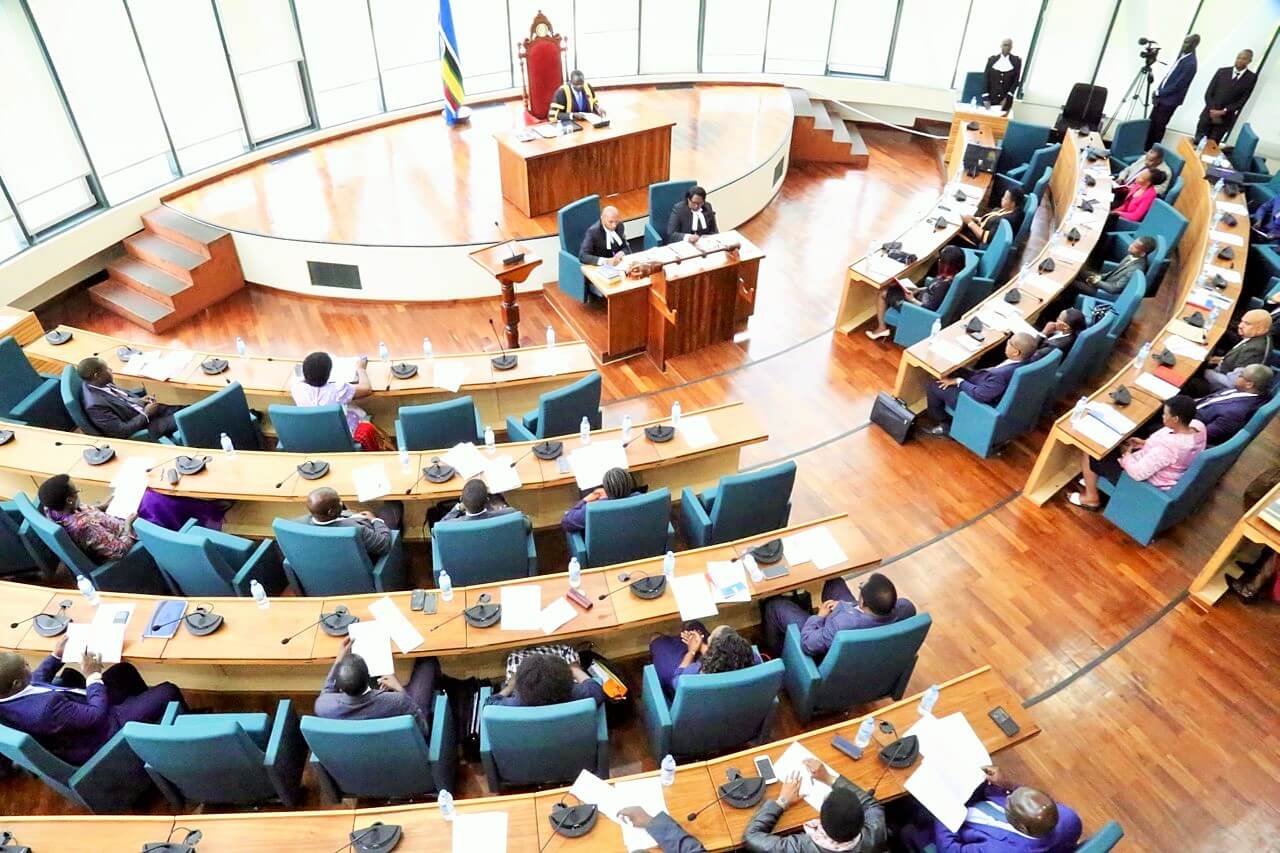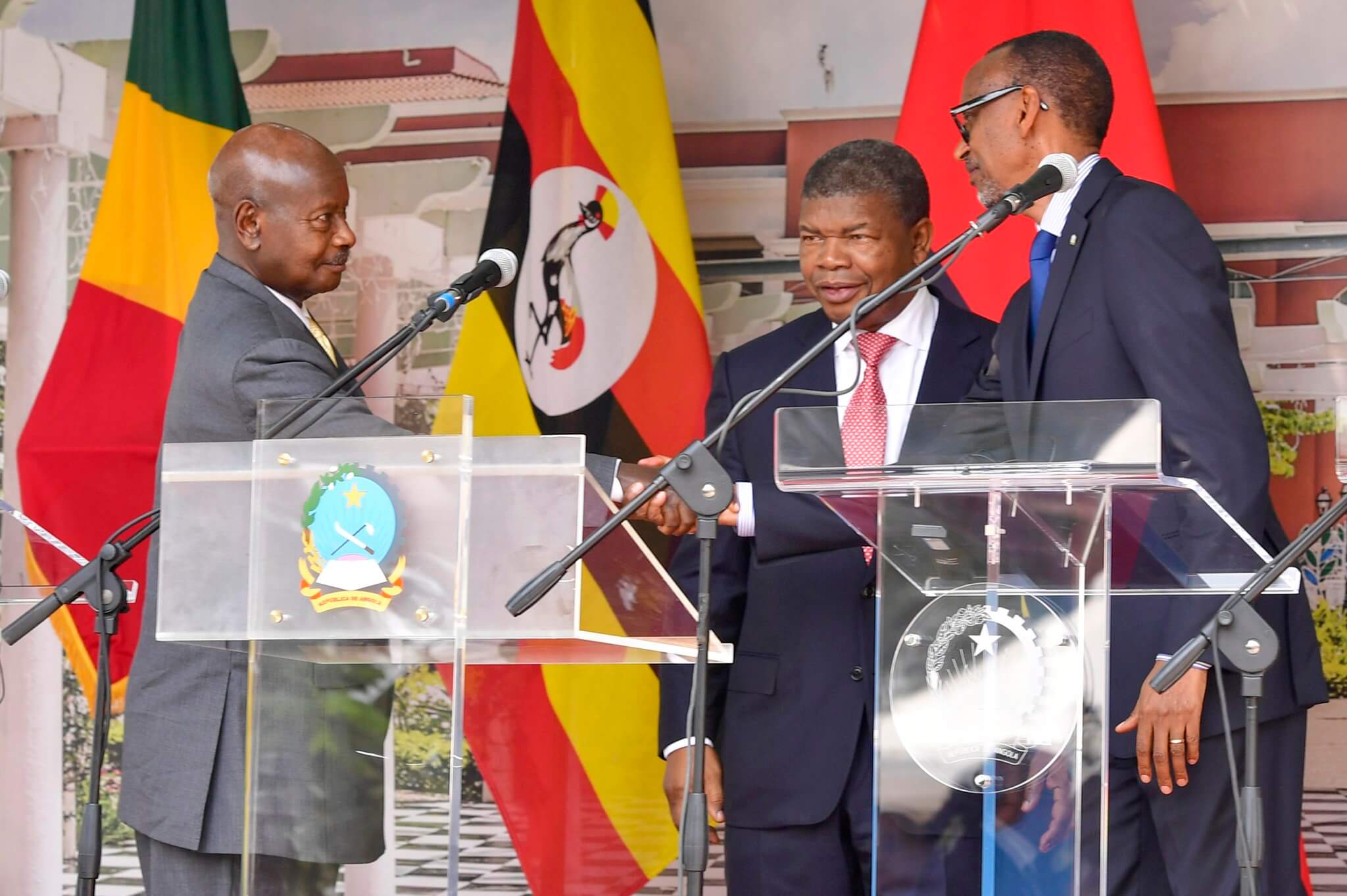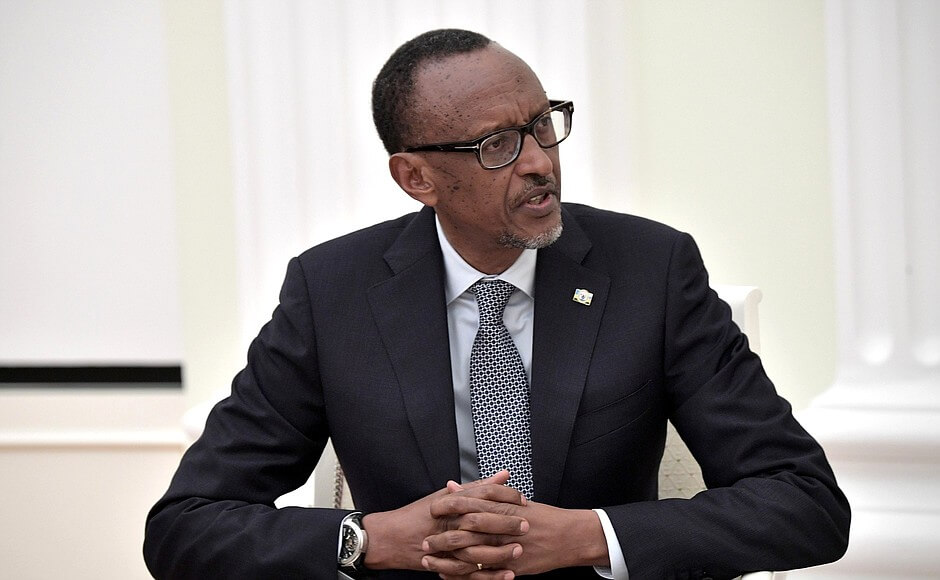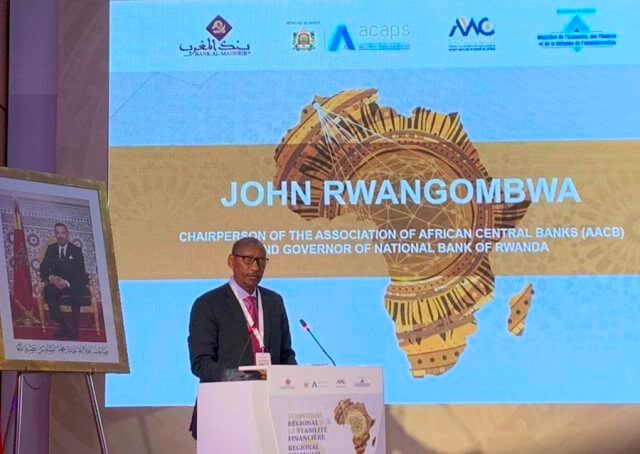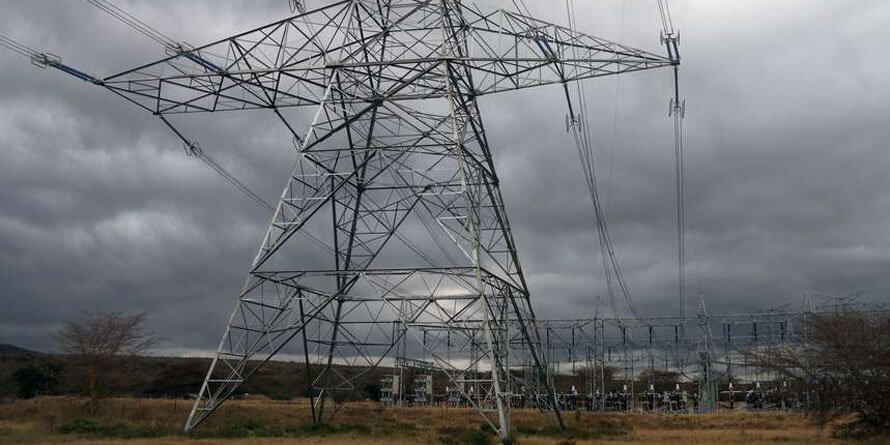Rwanda and Tanzania individually signed two mega-infrastructure deals in the last week in moves that will undoubtedly reshape the East African region politically and economically. Kenya stands to lose most. Tanzania signed an agreement to link its new railway line to Burundi and the DRC, while a similar deal with Rwanda is said to be in its final stages. The transport ministers of the three countries signed the deal in Kigoma, Tanzania, on 3 December. Three-way funding The first phase of the joint deal will start in Kigoma and end in Gitega, the capital of Burundi, 240km away. It will then be extended into eastern DRC. Each country will have to get funding for its own section, Tanzania’s transport minister, Isack Kamwelwe, said at the signing ceremony. The first phase of Tanzania’s Standard Gauge Railway (SRG), covering 202km from Dar es Salaam to Morogoro, is almost complete. The second phase will connect Morogoro to the administrative capital of Dodoma, even as the East African country also revamps its old metre-gauge railway to enhance connectivity. When complete, the new railway line will cover 1,457km, connecting Dar and the Lake Victoria port city of Mwanza. In May 2018, Rwanda and Tanzania agreed to redesign their joint railway plan, which will start at the Isaka dry port and end in Kigali, to use electric powered trains. In late November, Tanzania’s President John Magufuli said that the two countries are in the final phases of negotiating a deal to build the railway line. The Isaka-Kigali line...
Tanzania and Rwanda in push to reshape East African logistics
Posted on: December 16, 2019
Posted on: December 16, 2019

